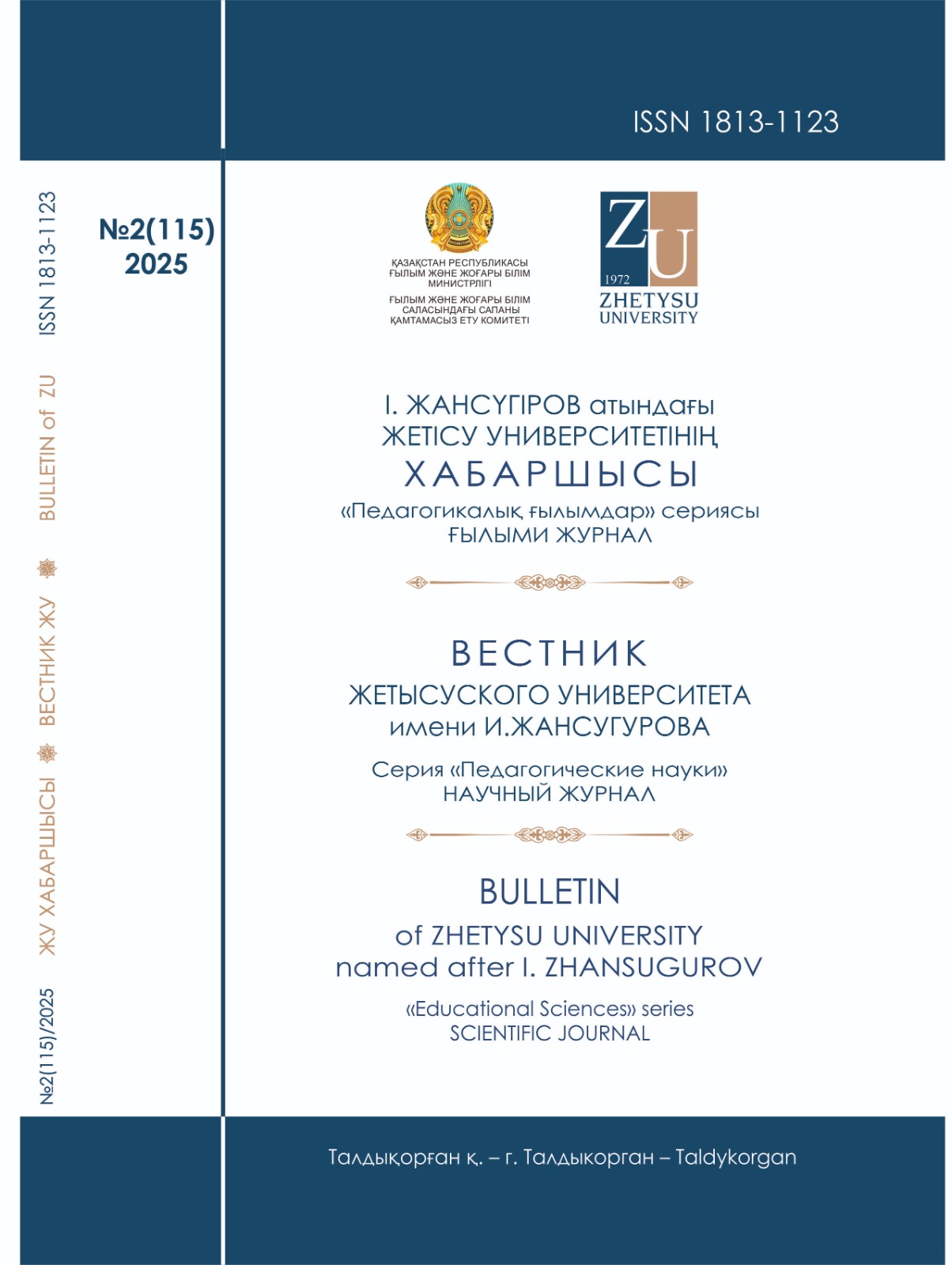THE USE OF ARTIFICIAL INTELLIGENCE IN TEACHING STUDENTS TO PREVENT AND RESPOND TO EMERGENCY SITUATIONS AND CIVIL DEFENSE
DOI:
https://doi.org/10.53355/ZHU.2025.115.2.017Keywords:
artificial intelligence, civil defense, emergency situations, SBAS, CABRI, adaptive learning, digital pedagogy, simulation, students, safetyAbstract
Amid the growing number of emergencies caused by both natural and man-made factors, preparing youth to act effectively in risk situations has become a top priority in education. The purpose of this study is to evaluate the potential of artificial intelligence (AI) technologies in equipping students with the knowledge, skills, and psychological readiness to respond to civil defense and emergency situations. The empirical research was conducted during the 2024–2025 academic year at Zhetysu University named after Ilyas Zhansugurov (Taldykorgan, Kazakhstan) and involved 124 second- and third-year students from the fields of pedagogy, information technology, and natural sciences. Two AI tools were tested in the experiment: the Scenario-Based Adaptive Simulation system (SBAS) and the Conversational Agent-Based Risk Instruction platform (CABRI), which utilizes chatbots powered by natural language processing. The results demonstrated that students in the experimental group, who were trained using SBAS and CABRI, outperformed the control group in all key criteria: knowledge of protocols, decision-making accuracy and speed, strategic thinking, use of professional terminology, stress resilience, and the ability to transfer knowledge to new scenarios. The applied evaluation metric - the Knowledge Gain Efficiency Index (KGEI) - provided an objective measurement of learning improvement, taking into account the time spent interacting with AI platforms. The differences between the experimental and control groups were statistically significant (p<0.05). The findings confirm the high effectiveness of integrating artificial intelligence into civil defense education. The study concluded with practical recommendations for curriculum developers, university educators, and governmental education authorities. The outcomes can be used to scale up digital safety technologies across universities in Kazakhstan and other countries.

 ҚАЗ
ҚАЗ РУС
РУС ENG
ENG
